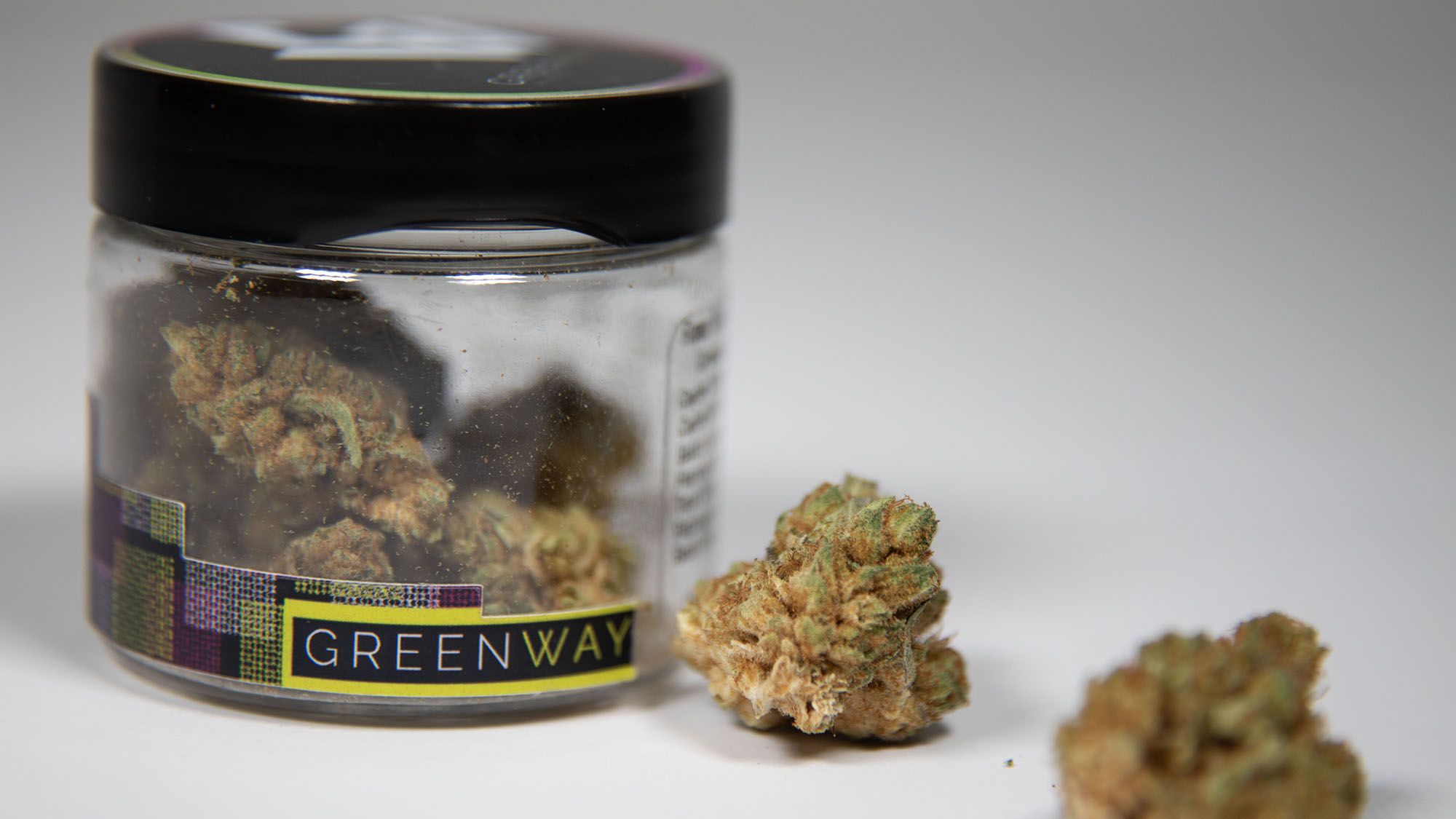In 2025, the U.S. cannabis industry remains a burgeoning sector—but it is increasingly sensitive to the health of the broader economy. As economic growth slows, interest rates stay elevated, and investor appetite wanes, cannabis companies find themselves at the intersection of optimism and caution.
Economic slow‑down and reduced investment
After years of rapid expansion, the cannabis sector is confronting the slowdown characteristic of a maturing market. Wholesale cannabis prices have dropped sharply from their 2015 levels—today, the U.S. Cannabis Spot Index sits around $955 per pound, down from over $2,100 in 2015. This decline reflects oversupply across many states, weakening margins and challenging profitability.
Equity financing has dried up: venture and private‑equity investment in U.S. cannabis companies plunged to nearly $260 million in 2024, compared with over $1.3 billion in 2018. Meanwhile, operators now rely heavily on private credit—responsible for 92 % of capital raised last year—to bridge funding needs. As public markets continue to de‑rate cannabis firms, many executives report dwindling investor confidence and tight financial cushions.
Rising debt burdens amid sluggish growth
Many multi‑state operators (MSOs) are carrying heavy debt loads. Outstanding obligations exceed $2.5 billion, with much of that maturing by the end of 2026. Since most cannabis businesses cannot access federally regulated banks due to federal prohibition, they face higher-cost private debt. Defaults are mounting: firms such as StateHouse and Juva Life have already defaulted on major loans, prompting restructurings or legal proceedings.
Profitability is elusive: according to Whitney Economics, roughly only 27 % of cannabis companies were profitable in 2024, down from 42 % in 2022. In such an environment, companies must retrench, refocus or consolidate to remain viable.
Economic growth, sales expansion and broader impact
Despite these challenges, overall industry metrics still point to growth—though at a slower pace than in the golden years. The legal U.S. cannabis market is projected to reach around $45 billion in total sales during 2025, while the broader economic impact—factoring employment, ancillary services and state revenues—could top $123.6 billion. In 2024, the industry supported over 440,000 full‑time equivalent jobs and contributed roughly $115.2 billion to the overall economy.
A First Citizens industry survey found 77 % of cannabis firms expected year‑over‑year sales growth in early 2025, with an average forecast of 38 % growth—although businesses in the South were more cautious. While macroeconomic headwinds are real, many operators maintain cautious optimism, particularly in states with expanding medical or adult‑use regimes.
State market maturation and regulatory shifts
State‑level developments continue to shape company strategies. New York and Ohio are maturing into major adult‑use markets—with New York alone expected to generate over $1 billion in annual sales. California remains the largest U.S. market (projected to generate $8.5–9 billion in 2025), though its legal ecosystem is burdened by heavy tax rates (~19 % excise plus local fees) and persistent illicit competition.
Regulatory innovation, such as California’s newly legal “cannabis cafés” and entertainment zones for on-site consumption, seeks to boost growth—but industry leaders warn that higher excise taxes could push consumers back to the illicit market, triggering what some term a potential “extinction event” for legal operators.
Federal policy uncertainty weighs on confidence
Debate over federal reform looms large. Although DEA rule‑making launched in 2024 to potentially reschedule cannabis to Schedule III under the Controlled Substances Act, a final move remains pending—and congressional progress has stalled. The SAFE Banking Act, which would permit federally regulated banking services for cannabis businesses, continues to languish in Congress. Without access to FDIC‑insured banking infrastructure, companies remain exposed to high hedging costs and risk.
Navigating between risk and potential
So long as macroeconomic forces—such as higher interest rates, capital constraints and inflation—persist, cannabis companies must operate more tightly. Firms are trimming costs, consolidating operations and seeking stable newer markets to offset weakness in oversupplied regions. Still, as state legalization expands and legislation (like rescheduling or banking reform) eventually advances, the industry retains long‑term promise. For now, cannabis companies must navigate an uncertain economic climate with both caution and creativity.





